enforex_pages_landing_block_e59632db-ae6d-426d-97c9-d83a0b321077
Good news! We have not only updated our website over the last couple of weeks but we have also prepared the online booking system for 2012!
You can now purchase any 2012 course directly from our secure online booking page at:
https://secure.donquijote.org/booknow/qb.asp
What are the steps that you should follow?
1 - First, decide where you want to go! We have many destinations in Spain and Latin America. You can read about them all on our website and decide what city is the best fit for you. If you aren't sure where to go, you can always combine destinations at no extra charge!
2 - Next, think about what kind of Spanish courses you want to take. Intensive Spanish? Super-intensive? Or perhaps you want to combine your course with a fun activity like flamenco classes? Maybe you really want to work on your Spanish conversation skills? There are many options, so it is a good idea to take a look at them before trying to calculate prices.
3 - When do you want to come? And for how long? You can stay for as little as one week for as long as you want! This part is easy and you can play with different dates during the price quote process.
4 - What kind of accommodation would you like while you learn Spanish abroad? You can stay with a host family, student apartments, private apartments, student residenceshotels! Choose from half or full board, single or shared rooms, shared or non-shared facilities.. there are so many choices!.At don Quijote, we really pride ourselves on offering many options of top notch accommodation because we believe that your accommodation is a really important part of your study abroad experience.
5 - Once you have a good idea of all these things, head to our online booking form:
6 - Fill in your destination, estimated level, course type, accommodation type (with only breakfast, breakfast plus one meal (half board) or breakfast and two meals (full board), when you want to start (available start dates are listed in green) and how many weeks your course will last. Finally, decide if you want to add any extras like medical insurance or a pick up service at the airport. CLICK CALCULATE.

7 - Your Price Quote will be displayed with all the options you have chosen! From here, you can choose to enroll easily or have us send you the quote and our course counselors will be in contact with you to resolve any of your questions.

Use this tool to calculate different prices with combinations of different courses course lengths, accommodation types and destinations. When you find the right course for you at the right prices, ENROLLING TO STUDY ABROAD HAS NEVER BEEN EASIER! Pay directly online securely with don Quijote!
Studying Spanish abroad in 2012 just got easier! Book online now!
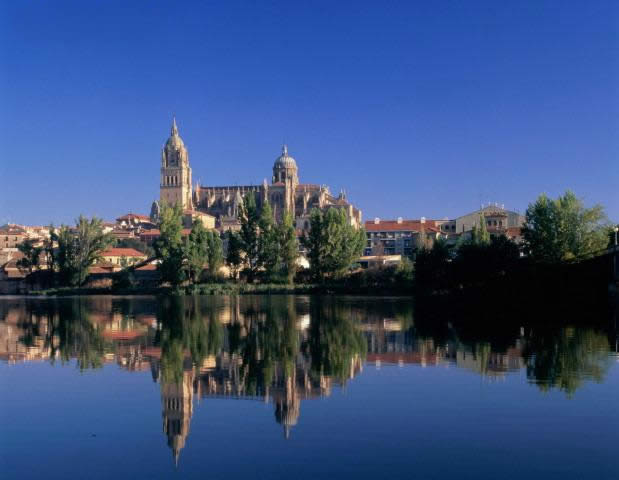 There are obvious benefits to
There are obvious benefits to  Spain may be home to a huge variety of
Spain may be home to a huge variety of  Research has proven yet again the many known
Research has proven yet again the many known 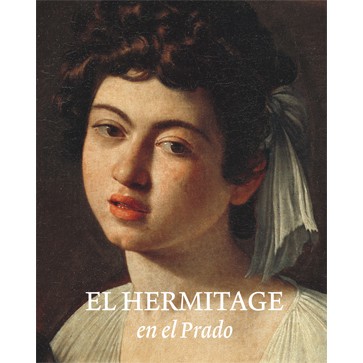 Yesterday marked the first day of the fantastic ‘
Yesterday marked the first day of the fantastic ‘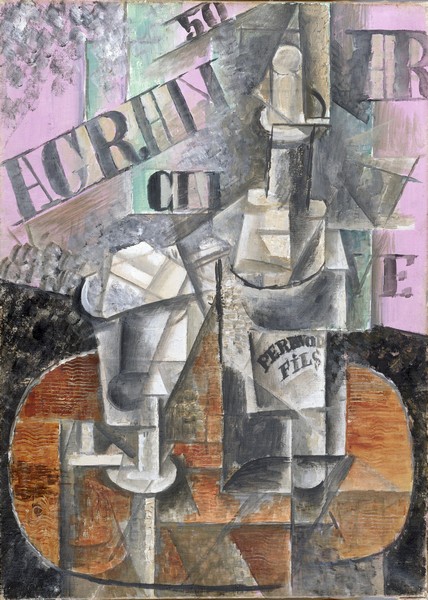 museums has ever held, receiving more than 600,000 visitors. The partnership is part of a vast range of fascinating events and cultural exchanges that have been organised for the ‘
museums has ever held, receiving more than 600,000 visitors. The partnership is part of a vast range of fascinating events and cultural exchanges that have been organised for the ‘
 Humberto López Morales has studied the effects of the coexistence of English and Spanish in the US and has found that that the general Spanish lexicon only varies by 1.6%. He noted that, after analyzing 430,000 words, that over 98% are in common use. Some attribute this success to maintain the common Spanish base to the Royal Spanish Academy which each year publishes an official
Humberto López Morales has studied the effects of the coexistence of English and Spanish in the US and has found that that the general Spanish lexicon only varies by 1.6%. He noted that, after analyzing 430,000 words, that over 98% are in common use. Some attribute this success to maintain the common Spanish base to the Royal Spanish Academy which each year publishes an official 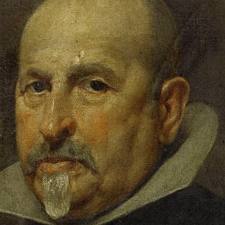 A portrait originally thought to have been by a largely forgotten British painter, Matthew Shepperson, has been unveiled as the work of one of
A portrait originally thought to have been by a largely forgotten British painter, Matthew Shepperson, has been unveiled as the work of one of 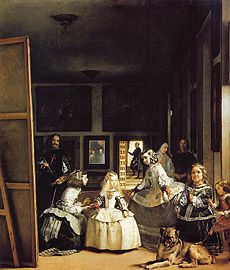

 Zara,
Zara, 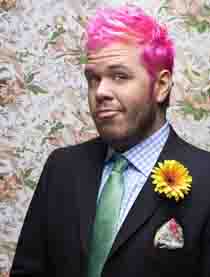
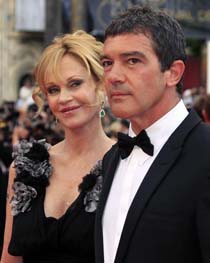
 Times are tough but people are still finding ways to make bucks despite a dwindling world economy. A new, at the moment, unique business called PadInTheCity has sprung up in Madrid and is geared towards providing tourists with iPads equipped with all kinds of useful applications including hotel and flight information, rental car services, currency converters, enternainment, newspapers and more.
Times are tough but people are still finding ways to make bucks despite a dwindling world economy. A new, at the moment, unique business called PadInTheCity has sprung up in Madrid and is geared towards providing tourists with iPads equipped with all kinds of useful applications including hotel and flight information, rental car services, currency converters, enternainment, newspapers and more.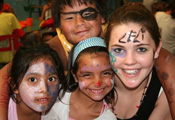
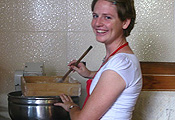
 home to a wide variety of plant and fauna, a true natural reservoir. Perhaps you might want to work helping to preserve the tropical forest wildlife by aiding sick or wounded animals before they can be released back into the wild. Another exciting activity here is the once in a lifetime opportunity to work with endangered sea turtles. Volunteers work to collect sea turtle eggs from Guatemala's beaches to be brought back to the conservation program and hatched before being released into the wild.
home to a wide variety of plant and fauna, a true natural reservoir. Perhaps you might want to work helping to preserve the tropical forest wildlife by aiding sick or wounded animals before they can be released back into the wild. Another exciting activity here is the once in a lifetime opportunity to work with endangered sea turtles. Volunteers work to collect sea turtle eggs from Guatemala's beaches to be brought back to the conservation program and hatched before being released into the wild. A group of burglars who have recently been targeting
A group of burglars who have recently been targeting